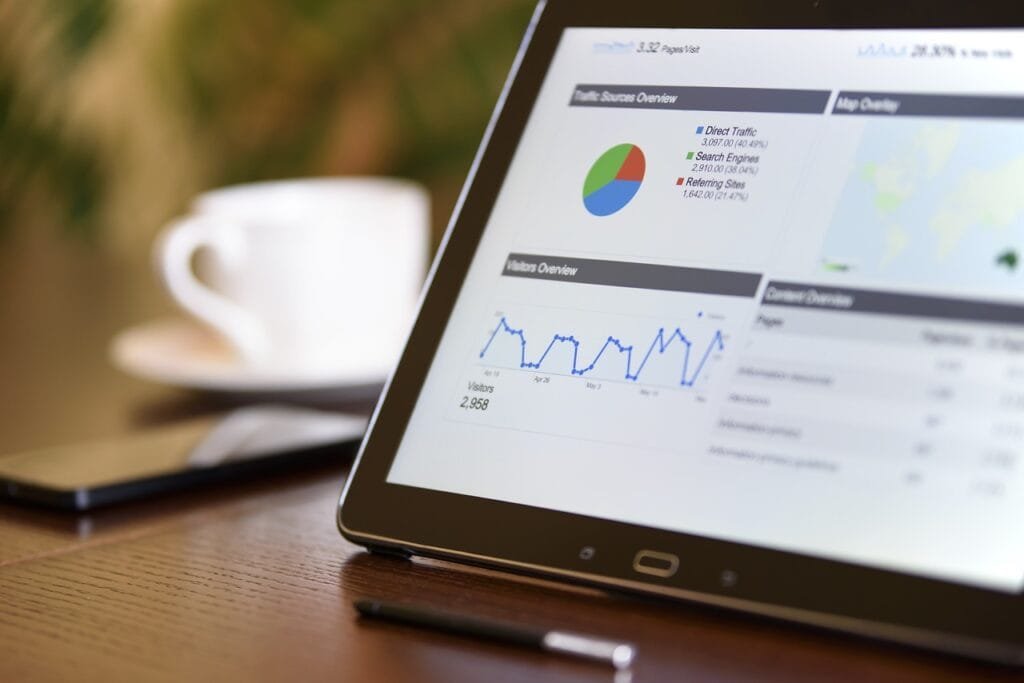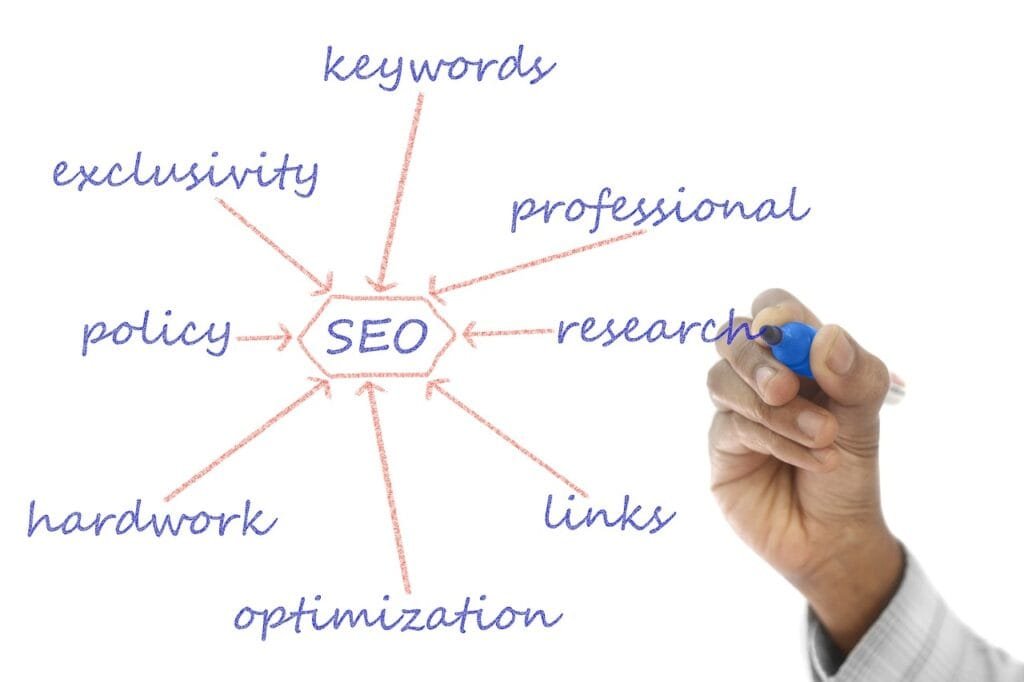In the digital world, where content is king, ensuring that your website not only contains valuable information but is also optimized for search engines is crucial. The art and science of SEO (Search Engine Optimization) can make a significant difference in your site’s visibility and traffic. While many focus on keywords and quality content, there’s an often overlooked aspect – internal linking. Internal links are those that point to different pages within the same domain. Mastering internal linking strategies is pivotal to boosting your SEO efforts, enhancing user experience, and improving the navigation of your website. In this comprehensive guide, we’ll explore practical and effective internal linking strategies that can elevate your content SEO to new heights.
Understanding the Essence of Internal Links
Internal links serve as bridges connecting one page of your website to another, creating a network of content that’s not only easy to navigate but is also meaningful and valuable to the reader. Imagine your website as a house, where each webpage is a room. Internal links are the doors that connect these rooms, ensuring a seamless movement and accessibility. These links play a quintessential role in distributing the page authority throughout your website, ensuring that every page contributes to the overall SEO efficacy.
The SEO Benefits of Internal Linking
Harnessing internal links strategically can offer a plethora of SEO benefits. They aid in enhancing the crawlability of your website, ensuring that search engines efficiently index every page. This, in turn, helps in improving your site’s visibility on search engine results pages (SERPs). Moreover, a well-implemented internal linking structure can boost the user experience. When visitors find it easy to navigate your site and discover relevant content, it increases the time spent on the site, reducing bounce rates and elevating the potential for conversions.
Anchor Text Optimization
One of the first steps in mastering internal linking is optimizing the anchor text. Anchor text is the clickable text that leads to another page on your website. It should be relevant, concise, and indicative of the content it’s pointing to. Avoid using generic phrases like “click here” or “read more.” Instead, opt for descriptive anchor texts that give readers and search engines an insight into the linked page’s content.
Keyword-Rich Anchors
While it’s essential to make your anchor text descriptive, integrating relevant keywords can bolster SEO. However, ensure it’s done naturally and adds value to the reader’s experience. Over-optimizing or stuffing keywords can lead to penalties from search engines.
Contextual Relevance
Ensure that the anchor text and the content it’s linking to are contextually relevant. This relevance aids search engines in understanding the linked page’s content, boosting the SEO value of both pages.
Strategic Link Placement
As we delve deeper into internal linking, the placement of these links becomes paramount. Integrating links thoughtfully within your content can significantly influence the user engagement and SEO value that these links offer.
Above the Fold
Links placed above the fold are generally more visible and accessible to readers. While this can increase the click-through rates, it’s crucial to balance the number and placement of links to avoid clutter and ensure an optimal user experience.
Within the Content
Embedding links within the content, especially in the initial paragraphs, can be impactful. When these links are contextually relevant, they encourage readers to explore more, enhancing user engagement and providing additional SEO value.
Content Clusters and Topic Silos
A well-organized website is akin to a well-cataloged library. It isn’t just about the individual books but also about how they’re categorized and interlinked. Similarly, creating content clusters and topic silos can elevate your internal linking strategy.
Content Clusters
These are groups of content that revolve around a central topic. The core content piece targets a broad keyword, while the surrounding content focuses on related, specific keywords. Internal links connect these pieces, creating a cohesive and comprehensive resource for readers.
Topic Silos
In this strategy, content is organized in silos, each representing a specific topic or theme. Each silo acts as a pillar that supports and is supported by relevant, interconnected content. This structure enhances the topical authority and SEO value of each content piece.
User Experience First
While the SEO benefits of internal linking are significant, the primary focus should always be the user experience. Every link added should aim at offering value, enhancing understanding, and improving the navigability of your website.
Natural Flow
Links should be integrated seamlessly, ensuring a natural flow of content. Forced or artificial linking can be counterproductive, leading to a compromised user experience and potential SEO issues.
Value Addition
Every internal link should add value to the reader. Whether it offers additional information, provides clarification, or leads to related content, ensuring that each link enriches the user’s journey is crucial.
Balancing Link Quantity and Quality
Quantity
While it might be tempting to add numerous internal links, moderation is key. Overloading a page with links can lead to a cluttered appearance and poor user experience. Each link should be purposeful, enhancing the user’s navigational journey through related and meaningful content.
Quality
Quality overrides quantity. Focus on linking to authoritative, informative, and relevant pages. This not only boosts the SEO value but also ensures that readers find valuable content that addresses their needs and queries.
Analyzing and Updating Internal Links
Like any other SEO strategy, internal linking is not a set-and-forget endeavor. It requires regular analysis and updates to ensure that it aligns with your evolving content and SEO goals.
Regular Audits
Conducting regular audits helps in identifying broken or outdated links. Tools like Screaming Frog and Ahrefs can be instrumental in scanning and analyzing your website’s internal link structure. Fixing or updating these links ensures a seamless user experience and optimal SEO performance.
Evolving Content
As you add more content, opportunities for meaningful internal linking increase. Regularly revisit older content to integrate links to newer, relevant content, ensuring that your internal link network is dynamic and continuously expanding.
Technical Aspects of Internal Linking
While content and strategic placement are critical, the technical aspects of internal linking play an equally pivotal role in ensuring SEO success.
Follow vs. Nofollow
Not every internal link should pass SEO value. In specific scenarios, using ‘nofollow’ tags can be beneficial to direct search engine crawlers on how to index and value certain links. However, a balanced approach ensures that ‘follow’ links are predominant, passing link juice and SEO value within your site.
Site Architecture
A well-structured website facilitates effective internal linking. Prioritize a flat site architecture, ensuring that most pages are accessible within a few clicks from the homepage. This enhances crawlability and distributes page authority effectively across the website.

Related: Check out our free SEO suite

Advanced Internal Linking Tactics
To elevate your internal linking game, understanding and implementing advanced tactics can create a distinctive edge, making your content not only user-friendly but also SEO enhanced.
Contextual and Relevant Links
Go beyond the basic and integrate links that are highly contextual. Each link should feel like a natural continuation of the reader’s journey, leading them to content that aligns with their interests and queries, enhancing engagement and retention.
Utilize Visual Content
Consider integrating visual elements like infographics and videos and linking them internally. Visual content is engaging and can significantly increase the time users spend on your site, a crucial factor that impacts SEO.
Common Pitfalls to Avoid
As with any strategy, there are common pitfalls that marketers and content creators should be wary of in the realm of internal linking.
Over-Optimization
Avoid the temptation to over-optimize. While having keyword-rich anchor texts can be beneficial, excessive use can lead to penalties. Strive for a balanced, natural inclusion of links.
Broken Links
Regular audits are essential to identify and fix broken links. Broken links lead to poor user experience and can impact SEO negatively.
Irrelevant Links
Every link should add value. Avoid adding links for the sake of linking. Irrelevant links can confuse readers and dilute the SEO value.
Conclusion
Internal linking is not just an SEO strategy but an art that, when mastered, enhances the user experience, improves website navigation, and boosts content visibility on search engine results. By focusing on a balanced approach, where user experience is at the core, and implementing advanced tactics like contextual linking and visual content integration, businesses can create a website that’s not just a collection of individual pages but a cohesive, interconnected entity that guides and engages every visitor.
From the optimization of anchor texts, strategic placement, and content clusters to avoiding common pitfalls, each aspect should be meticulously planned and executed. The goal is to create a seamless, intuitive, and value-packed journey for every user, ensuring that each click not only leads to another page but opens a door to a world of relevant, engaging, and informative content.
READ NEXT:
- Mobile Keyword Research: Optimizing for Mobile Indexing
- How to Identify High-Volume Keywords for Startup Visibility
- How to Improve Latent Semantic Indexing (LSI) for Your SEO: Our Take!
- Corporate Cashflow: SEO for Business Banking Websites
- Let’s Discuss How We Can Help Improve Your Business
- Targeting Low-Competition Keywords for Quick Startup Wins






















Comments are closed.